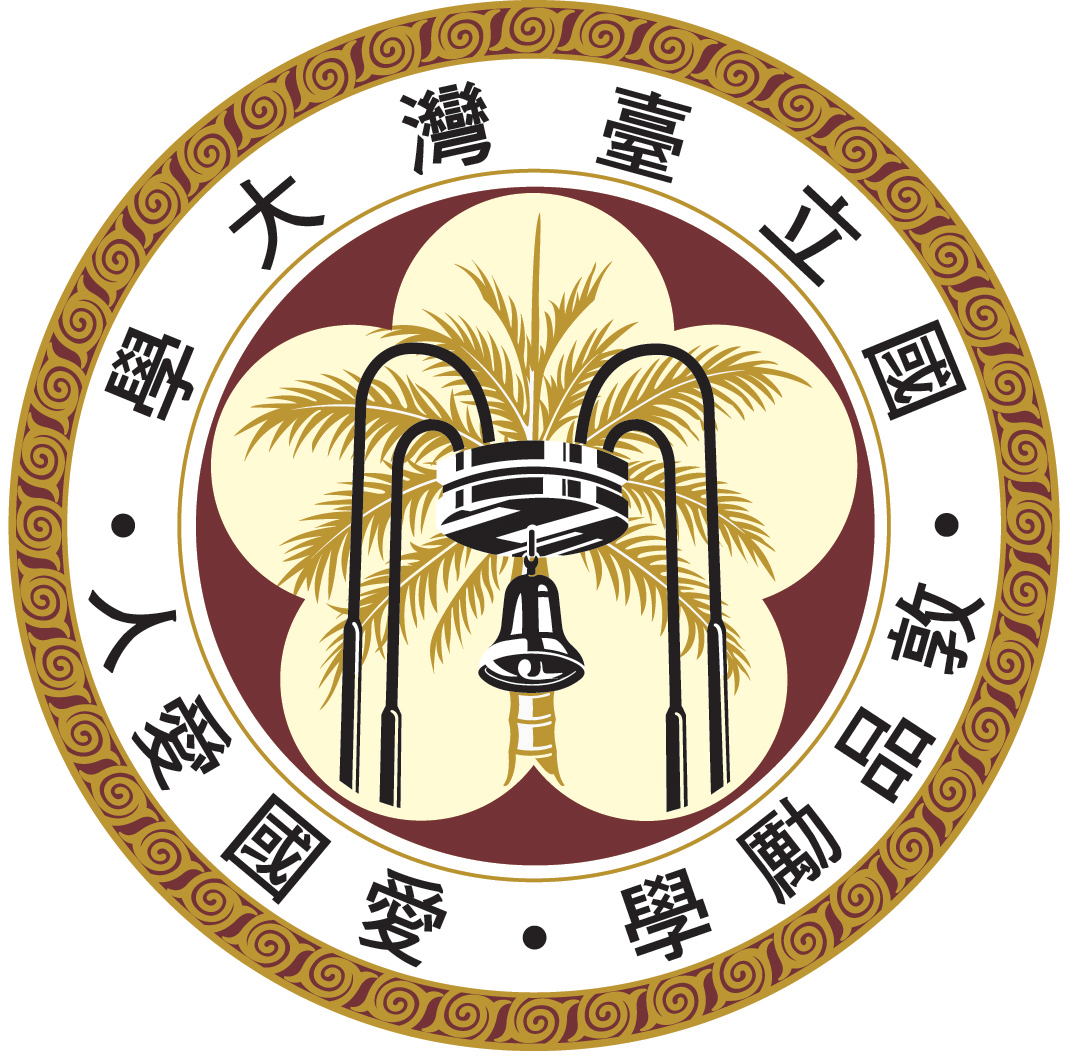Ophthalomolgy Biomechanics Lab.
Research Field
I am Po-Jen Shih, a passionate researcher and educator with a Ph.D. in Civil Engineering from National Taiwan University, specializing in structural and wave mechanics. Currently, I am an Associate Professor in the Department of Biomedical Engineering at National Taiwan University, where I bridge the worlds of engineering and medicine to tackle some of the most intriguing challenges in ophthalmology.
My work focuses on biomechanics, with a particular emphasis on using advanced engineering principles to unravel the mysteries of the human eye. From analyzing the mechanical properties of the cornea to exploring wave mechanics for disease diagnosis and treatment, I strive to develop innovative solutions that make a meaningful impact on patient care.
Leading a dedicated research team, our current focus is on the biomechanics of the cornea, delving into its static and dynamic behaviors. In the near future, we aim to expand our investigations to other ocular structures such as the lens, iris, sclera, and retina, creating comprehensive mechanical models of the eye. Our ultimate goal is to redefine the way we diagnose and treat ophthalmic diseases, blending cutting-edge technology with clinical insight.
I am driven by the belief that the fusion of engineering and medicine can lead to transformative breakthroughs, improving both understanding and treatment in healthcare.
From an engineer's perspective, I lead the team in applying classical mathematical and physical tools to advance the diagnosis and treatment of ophthalmological conditions. Our research centers on the mechanical behavior of the eye, leveraging principles from classical and fluid mechanics. We conduct both static and dynamic analyses to uncover the intricate biomechanical properties of ocular tissues, which hold the key to understanding various eye disorders.
Currently, our primary focus is on the cornea, exploring its geometry, material properties, and response to mechanical forces. We aim to elucidate its role in maintaining visual clarity and its involvement in conditions such as keratoconus and glaucoma. In addition, we are developing innovative tools and methodologies, such as computational modeling and experimental validation, to enhance our understanding of corneal biomechanics.
Looking forward, we plan to broaden our research to include other ocular structures, such as the lens, iris, sclera, aqueous and vitreous chambers, retina, and optic disc. These investigations will encompass their unique mechanical properties, interactions with intraocular pressure, and responses to external stimuli. Our ultimate goal is to create a comprehensive mechanical model of the eye, which will serve as a foundation for developing more effective diagnostic techniques, surgical interventions, and treatment plans. By integrating engineering principles with ophthalmology, we aspire to contribute significantly to the field of vision science and improve patient outcomes.
Corneal Vibration Characteristics for Glaucoma Diagnosis
Exploring corneal vibration parameters and their correlation with glaucoma to enhance early diagnostic accuracy and treatment strategies.
Mechanical Properties of Natural and Artificial Lenses in Ophthalmology
Investigating the biomechanics of natural lenses and artificial replacements to improve accommodation restoration techniques and intraocular lens designs.
Quantitative Analysis of Traditional Chinese Medicine Wrist Pulse Diagnosis for Kidney Failure
Integrating digital pulse wave analysis with TCM methods to establish objective indicators for kidney-related disorders.
Biomechanics of Competitive Swimming: Motion Patterns and Propulsion
Developing advanced methods to analyze swimmers’ biomechanics for improving performance evaluation and training techniques.
AI-Powered Analysis for Early Detection of Keratoconus
Utilizing dynamic corneal data from air-puff tonometry to develop machine-learning algorithms for early-stage keratoconus detection.
Dynamic Cellular Tensile Testing for Corneal Keratocyte Regeneration
Creating innovative systems to study the effect of cyclic strain on keratocyte proliferation, differentiation, and wound healing.
Modeling of Cellular Migration Dynamics in a Mechanical Environment
Enhancing cell migration models by incorporating behavioral controls and interaction mechanics to simulate tissue formation.
Advanced Methods for Pulse Wave Analysis in Glaucoma Monitoring
Examining the role of systemic pulse wave fluctuations and their potential as non-invasive markers for intraocular pressure regulation.
Nonlinear Wave Mechanics in Vocal Cord Diagnosis
Applying nonlinear wave theory to understand vocal cord dynamics and their implications for diagnosing voice disorders.
Distinguished Teaching Award – Honored for excellence in teaching structural mechanics and biomechanics, inspiring students across engineering and medical disciplines.
Editorial Board Membership – Served on the editorial boards of leading journals in biomechanics and ophthalmology.
Invited Keynote Speaker – Delivered keynote addresses at prestigious international conferences on biomechanics and biomedical engineering.
Graduated with a Ph.D. in Civil Engineering from National Taiwan University, majoring in Structural Mechanics and Wave Mechanics. Currently serving as an Associate Professor in the Department of Biomedical Engineering at National Taiwan University (since February 2019). Previously worked as a structural engineer in an engineering consulting firm and later held a teaching position in the Department of Civil and Environmental Engineering at National University of Kaohsiung, where structural mechanics courses were taught. In 2019, transitioned to the Department of Biomedical Engineering at National Taiwan University, teaching biomechanics-related courses and focusing on applying wave mechanics analysis techniques to medical issues. In the field of biomedical engineering, the detection of physiological phenomena through mechanical waves has a long history, exemplified by the use of ultrasound. Beyond the external high-frequency signals of ultrasound, the mechanical properties of the human cornea can also be investigated using mechanical wave detection techniques.
